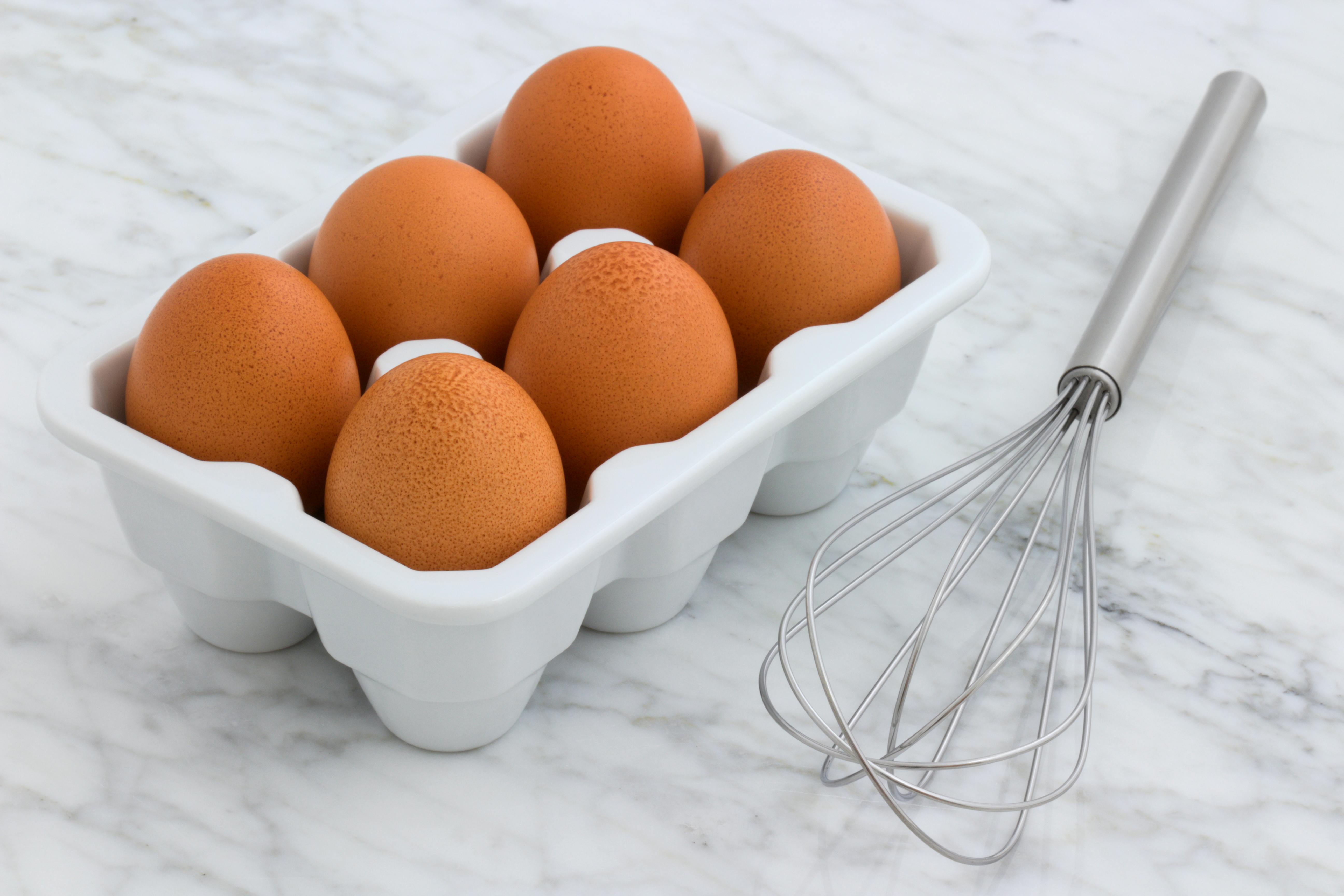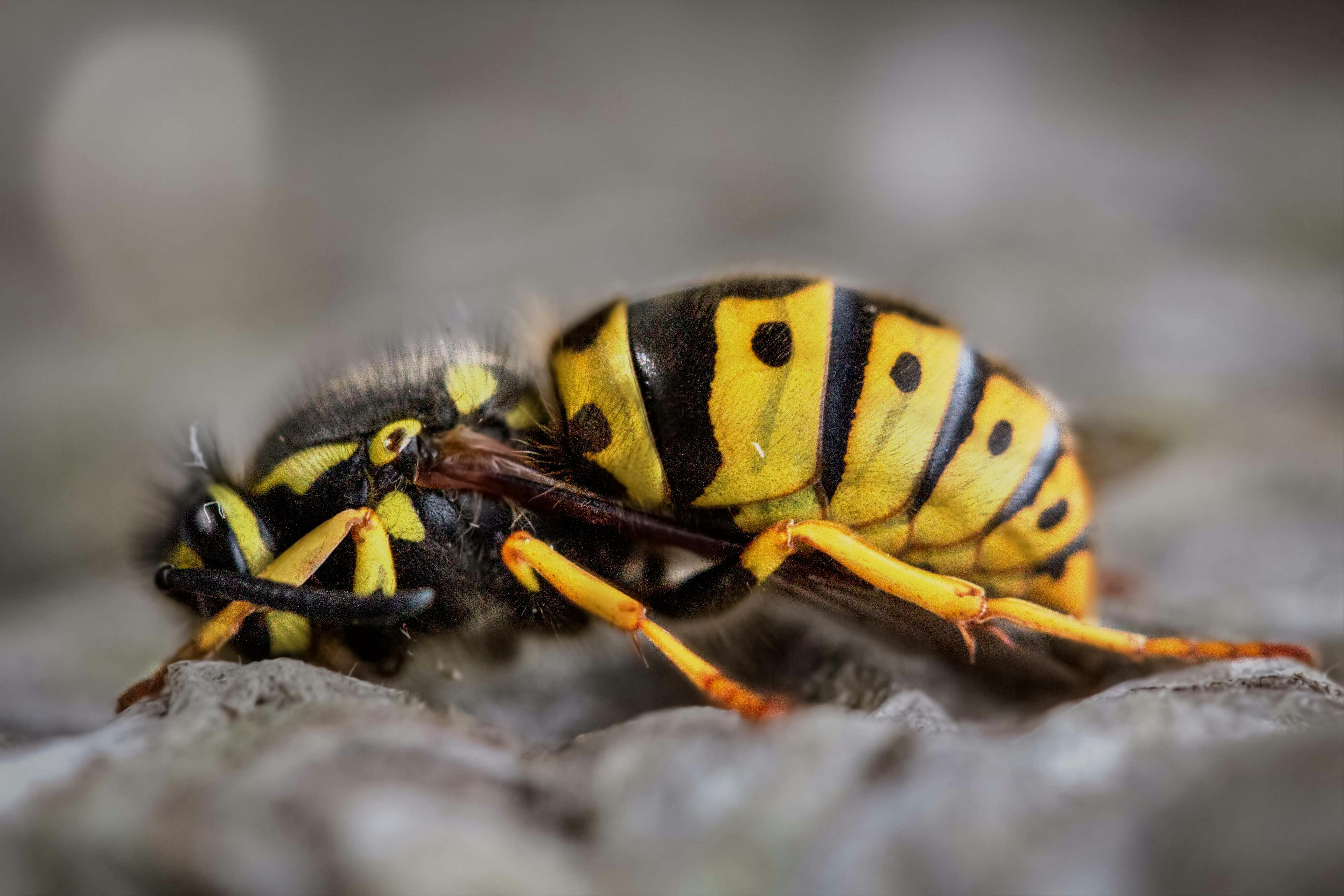Effective Ways to Plant Asparagus for a Bountiful Harvest in 2025
Understanding Asparagus: An Overview
Asparagus, a perennial vegetable known for its tender spears, is a delightful addition to any garden. Understanding the fundamentals of how to plant asparagus is crucial for achieving a bountiful harvest. This vegetable thrives in well-drained soil and requires specific conditions to flourish. By getting familiar with the essential aspects of growing asparagus, gardeners can maximize their yield and enjoy the numerous benefits associated with this nutritious vegetable. In this article, we’ll explore effective tips on planting asparagus, caring for asparagus plants, and ensuring a successful crop.
Before delving into the nuances of asparagus cultivation, it’s important to recognize the nutritional benefits of asparagus and its varieties. Rich in vitamins A, C, E, K, and B6, along with fiber, folate, and antioxidants, asparagus is not only a tasty addition to meals but also promotes health. As we navigate through asparagus planting tips, soil requirements, and harvesting techniques, we will provide a comprehensive asparagus planting guide to ensure your success in 2025.

Essential Asparagus Planting Conditions
Creating the ideal asparagus growing conditions is vital for a successful crop. Asparagus prefers full sun, requiring at least 6-8 hours of sunlight daily. This warmth helps establish robust plants and promotes spear development. Choosing the right location not only enhances growth but also has implications for pest management and overall plant health.
Soil Requirements for Asparagus
The foundation of successful asparagus cultivation is well-prepared soil. Ideal asparagus soil preparation involves ensuring good drainage with a slightly acidic to neutral pH (6.0 to 7.0). Enrich your soil with organic matter, such as compost or well-rotted manure, to improve soil fertility and structure. Before planting, having a soil test conducted can guide necessary amendments and adjustments.
Another key aspect of preparing your soil is to incorporate fertilizers rich in nitrogen and potassium to support healthy growth. Utilizing organic fertilizers can be beneficial for maintaining soil health over time.
Asparagus Planting Depth and Spacing
When planting asparagus crowns, typically 6 to 12 inches deep is recommended, depending on the region's climate and soil conditions. Proper depth encourages root establishment and supports moisture retention. Asparagus planting depth is crucial: too shallow can expose roots, while too deep may stunt growth.
Additionally, adequate asparagus plant spacing is essential for air circulation and access to nutrients. Ideally, space 18 to 24 inches apart to accommodate the mature size of the plant. This creates a healthy environment for your asparagus plants and reduces competition for resources.
Best Time to Plant Asparagus for Maximum Yield
Timing is an important factor when considering when to plant asparagus. Generally, the best time to plant asparagus is in early spring, after the last frost but when the soil is warming up. This seasonal optimization plays a critical role in seed germination and overall plant health. If starting with asparagus seedlings, ensure your young plants are properly acclimatized to outdoor conditions before transplanting.
Asparagus Propagation Methods
Asparagus can be propagated through seeds or crowns. Starting asparagus from seed allows for a wider variety selection but requires patience, as it typically takes 3 years to yield a harvest. On the other hand, planting asparagus crowns is faster, with the first harvest often available in the second year. While both methods are effective, understanding the pros and cons of each can influence your approach.
Common Mistakes in Asparagus Planting
Awareness of common asparagus planting mistakes can save time and enhance yields. Overcrowding plants and neglecting soil preparation often lead to poor growth and diminished harvests. Overwatering or neglecting to water can also cause issues, as asparagus is drought tolerant but benefits from consistent moisture during crucial growth stages. Lastly, patience is key; harvesting too early can hinder the plant's overall longevity and future crops.
Caring for Asparagus Plants Throughout the Seasons
Once established, caring for asparagus plants involves regular maintenance including watering, fertilizing, and pest control. Although asparagus has a long lifespan, normal practices must be adapted to their life cycle. Following seasonal care for asparagus such as mulching in the winter and regular weeding is essential for maintaining healthy beds.
Watering Techniques for Asparagus
Effective watering techniques for asparagus involve ensuring deep but infrequent irrigation. As a general rule, asparagus requires about 1 inch of water per week, with adjustments made based on rainfall and soil moisture levels. Investing in a soaker hose or drip irrigation system can help deliver consistent moisture while avoiding fungal disease risks from overhead watering.
Fertilizing Asparagus: Tips and Tricks
Fertilizing asparagus is best conducted in early spring before new growth begins. Organic fertilizers such as compost or bone meal are excellent choices to provide sustained nutrients. Routine soil tests can guide you on necessary amendments and balance nutrient availability for optimal plant growth. Additionally, side-dressing with fertilizer during the growing season can encourage spears to reach their maximum size.
Harvesting and Maintaining Asparagus Beds
Understanding when to harvest asparagus is crucial for maximizing yield. Young spears are typically ready for harvesting when they reach 6-8 inches in height. Harvesting techniques for asparagus involve gently snapping the spears at soil level rather than cutting them, promoting healthier regeneration. Over-harvesting should be avoided as it can weaken the plants and affect future yields.

Extending the Asparagus Season
To maximize your bounty, consider asparagus planting techniques that allow for staggered harvests. Companion planting asparagus with compatible herbs and vegetables can extend the growing window and improve pest resistance. Moreover, incorporating methods such as crop rotation can rejuvenate soil nutrients over time.
Pest Management and Troubleshooting Asparagus Growth
Pest management for asparagus is essential in safeguarding your investment. Common pests include the asparagus beetle, which can damage spears. Employing integrated pest management strategies, such as natural predators and organic treatments, can mitigate these challenges. Keeping a close eye on your plants and addressing issues promptly will help maintain healthy beds.
Conclusion: The Long-Term Benefits of Asparagus Cultivation
Successfully growing asparagus requires understanding its long-term care and attention. With patience, optimal planting conditions, and effective management practices, you will enjoy a bountiful harvest year after year. The benefits of growing asparagus are numerous, making it a valuable asset to both your garden and your kitchen.
This guide serves as a foundation for planting asparagus effectively. With expert tips on asparagus growing conditions, soil requirements, and seasonal care practices, your journey towards achieving luscious asparagus spears begins now. Embracing these techniques not only enhances your gardening experience but also improves your harvest yields in 2025 and beyond.
